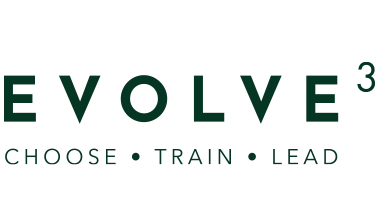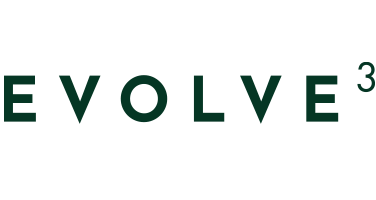
10 Sep Should you use ChatGPT to generate training content?
Creating and implementing quality training materials is necessary if you want to ensure consistent product and service standards in your business. Trying to train your team without properly documented procedures often leads to confusion and frustration for both trainees and trainers.
I experience this regularly – client’s staff complain that they have to remember as many different ways of performing standard tasks as there are supervisors and chefs who all have a different version of how it should be done. Supervisors and chefs complain that even when staff have been trained, they don’t perform standard tasks the same way.
Even in well managed teams, the process of generating, then keeping your training materials current & relevant is often neglected due to the pressures of day-to-day operations. The result? Staff training slides back to being un-documented, ineffective, and inconsistent.
Our How To Train 2-day workshop teaches attendees how to analyse and breakdown a task so it can be documented into a standard procedure. We then coach attendees how to deliver a structured training session using the procedure they’ve created.
With the recent advent of ChatGPT and other AI tools, I’ve been experimenting with AI generated task breakdowns and standard procedures. No matter what stage your training system is at, I suggest you give it a try. If you input the right question, the results can be surprisingly good quality.
Using AI requires careful consideration. You may gain some benefit from integrating AI into your broader training strategy. Here are some factors to consider:
Pros:
1. Efficiency: ChatGPT can quickly generate training materials, including manuals, procedures, and documentation. This can save time and effort compared to manual content creation. Especially for staff with training responsibilities who aren’t highly literate or very skilled writers.
2. Consistency: AI-generated content can help ensure that training materials are consistent in terms of language, format, and style, which is crucial for effective training.
3. Updates: AI can easily update materials as regulations, procedures, or best practices change, helping you keep your documentation current.
4. Cost-Effective: Compared to hiring professional writers or trainers, using AI for generating content can be cost-effective, especially for smaller businesses.
Cons:
1. Lack of context: AI content can lack the contextual understanding that human trainers possess. This can lead to content that is accurate but not always practical or nuanced.
2. Personalisation: Be careful you don’t end up with overly generic content. AI-generated content won’t capture the unique values and the specifics of how you do things or cater to specific training needs. Teaching your trainers how to identify and incorporate the specific hints, tips and tricks of how tasks in your business are performed is still required.
3. Quality control: AI-generated content might not always meet your quality standards. It should be reviewed, edited, and customised by your staff to ensure accuracy and relevance.
4. Interaction: Hospitality training often involves role-playing, hands-on experience, and interactive elements. AI-generated content can’t replace these aspects of training.
Best Practices:
1. Supplement, don’t replace: Use AI to generate the initial drafts of training materials, then involve your trainers and team leaders to review, customise, and add context to ensure it meets your requirements.
2. Quality assurance: Establish a robust review process to ensure the accuracy and relevance of AI-generated training materials. This process should occur no matter how your training materials are generated.
3. Interactive training: While AI can provide quality information, it cannot replace interactive, hands-on coaching and training.
4. Continuous Improvement: Continually assess the effectiveness of your training materials and make necessary updates as your business evolves.
Key take-aways:
Using ChatGPT and other AI tools to generate training collateral for your business can be a valuable resource, especially for efficiency and consistency.
It should be used as a tool to support your broader training strategy, not as a replacement for human expertise, hands on coaching and personalisation.
A balanced approach that combines AI-generated content with well-trained trainers, conducting in-person training sessions is likely to yield the best results.



